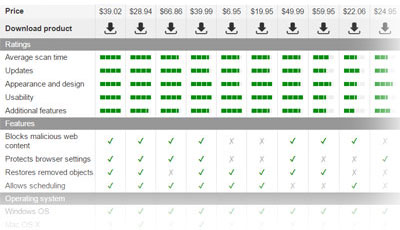What is Hidserv.exe? Should I remove it?
Hidserv.exe is a system file that might be related to malicious error messages
Hidserv.exe is a system file that creates invalid registry entries if associated with infection. This is a system file related to MSDN Disc 2466. It is required to support various audio devices, attached to the USB port of your computer. It also is used to provide specific functionality to the multimedia keyboard, mouse, headphones or game controllers, such as joysticks, pads, etc. This is a file of a Human Interface Device Service. It is not an essential Windows component so that it can be deleted. However, those who delete Hidserv.exe as might encounter issues with volume control and similar.
| Name | Hidserv.exe |
|---|---|
| Type | System file |
| Dangers | Might be related or attract malware |
| Symptoms | Displays error windows |
| Distribution | It can be maliciously disguised in spam emails or websites |
| Elimination | Use FortectIntego if the file is associated with malware |
Hidserv.exe is a software component on the Windows operating system. This file launches the Human Interface Device service for detecting events from the keyboard and a mouse. This is not an essential Windows process, but it might cause issues if deleted.
In some cases, Hidserv.exe can be replaced or duplicated by a virus. Microsoft identifies it as VirTool:Win32/CeeInject.gen!FI or VirTool:Win32/VBInject.gen!FK. In the meantime, Avast detects it as Win32:Crypt-HMU.
You do not need to get rid of Hidserv.exe if it is safe and only doing what it supposed to, but if you see these errors popping up on your screen check this file by scanning it using reputable security software. Errors related to Hidserv.exe may occur during the system boot when launching or operating certain programs. You may encounter one of the following error messages:
- “Hidserv.exe not found.”
- “Hidserv.exe Application Error.”
- “Hidserv.exe is not running.”
- “Hidserv.exe failed.”
- “Hidserv.exe has encountered a problem and needs to close. We are sorry for the inconvenience.”
- “Cannot find hidserv.exe.”
- “Error starting program: hidserv.exe.”
- “Faulting Application Path: hidserv.exe.
Hidserv.exe removal might be required if the file is not located in the Program Files folder and is not digitally signed. This process can monitor or even manipulate other programs on your PC. Run a Task manager and see if this is running in the background.
These types of files can be used as a disguise for malware. Cybercriminals use them to spread around other infections. If your anti-virus or anti-malware detect it as malicious remove Hidserv.exe virus. Use FortectIntego as your anti-malware or any other reputable security program.
Malware disguised as files seeded via spam emails
Executable files, when launched, give Windows a command to execute several functions. Therefore, any .EXE file can be malicious but disguised under a legitimate name. Developers spread these files via spam email attachments or malicious sites. Phishing emails often contain malicious attachments or hyperlinks that lead to malware installation. As soon as the executable is launched, the malicious payload is populated, and the virus starts its activity immediately.
If you need to open an executable file, you should scan it with a robust anti-malware tool. Additionally, you should never allow these files to run macro functions – it is a very first sign of a virus-laden file. Furthermore, the infiltration is silent, and you will probably not notice anything suspicious while performing such actions.
If you want to be safe while browsing, searching and working online, you need to pay enough attention. If you use p2p networks for software, you might get more than wanted freeware. Or if you are not cautious while cleaning spam email box, you can download unwanted files or programs unknowingly. Keep your software updated and system safe. Because system vulnerabilities attract infections.
Terminate Hidserv.exe if the file is malicious
To remove Hidserv.exe, you should use professional anti-malware tools like FortectIntego or Malwarebytes because these files can be associated with various programs. These unwanted programs, malware, and other infections can act differently on your PC. Anti-virus might not always locate possible threats. Anti-malware tools can detect and remove PUPs, adware and different types of intrusive programs.

